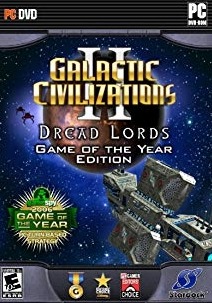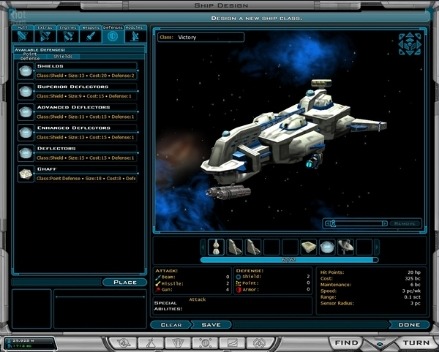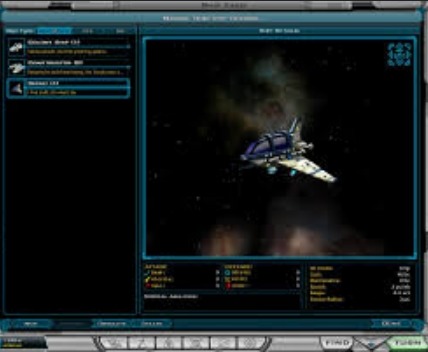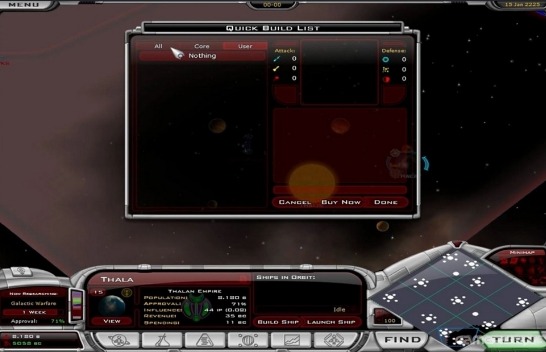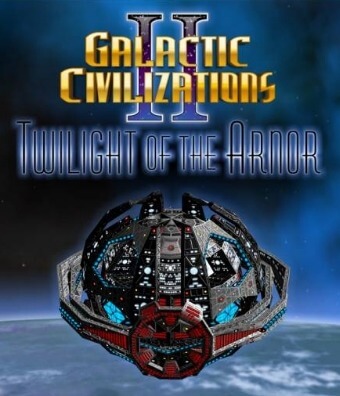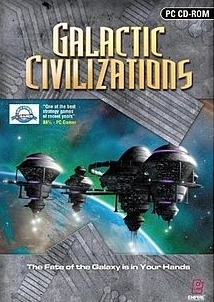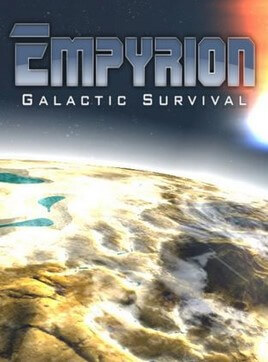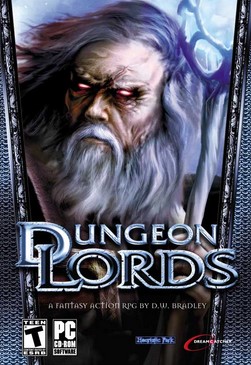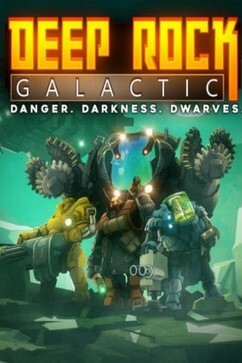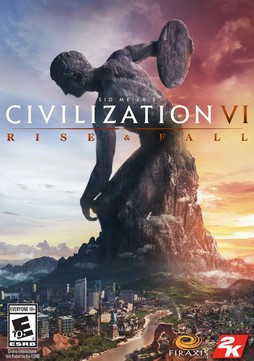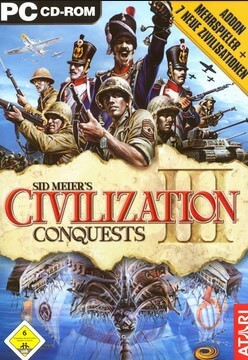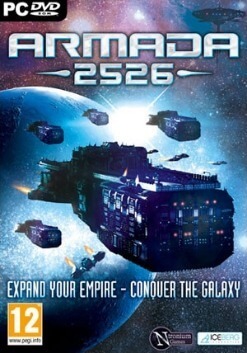A powerful, highly advanced civilization, remembered in legend as the "Precursors", colonized much of the galaxy thousands of years ago. As younger specimens throughout the galaxy began to develop the beginnings of their own primitive civilizations, it led to a philosophical rift within Precursor society, splitting it into two factions. The Arnor faction wanted to guide the younger civilizations toward enlightenment. The Dread Lord faction wanted to exterminate them.
This dispute erupted into a catastrophic civil war. The Dread Lords came close to destroying the Arnor in the war's final battle. However, before the final blow was struck, the Dread Lords and the Arnor both mysteriously vanished.
The younger civilizations eventually began to explore the galaxy on their own but their progress was slow. The first wave of exploration was made possible after the invention of stargates. A stargate was expensive to build and would only transport a ship to another stargate, which first had to be constructed at the destination.
The youngest civilization, Humanity, obtained plans for the construction of a stargate after the Arcean civilization initiated first contact with them. Human scientists realized that, with the inclusion of a fusion power source, the technology behind the stargates could be modified to create a hyperdrive engine. Hyperdrive allowed starships to travel great distances on their own.
With the entire galaxy now within easy reach, the major space-traveling civilizations began a race to explore, colonize and, in some cases, conquer the galaxy. Armies were mobilized, fleets of warships were built and the galaxy was once again on the verge of total war. As the younger civilizations prepared themselves for the coming conflict, the Dread Lords began to return.
The player must guide Humanity's actions as they attempt to prevent Precursor technology from being discovered by their enemies, fight a galactic war between the major powers and survive the onslaught of the genocidal Dread Lords.
Features and game concepts
The game is played in what is known as a "sandbox" galaxy mode, where the objective is to achieve victory over AI opponents in one of four ways - military conquest, cultural domination, universal alliance or technological supremacy. The sandbox analogy represents the free-form style of playing, where the player is free to develop the game however he/she chooses. This "sandbox" may be customized in terms of galaxy size, planet habitability and similar features as well as difficulty of the opposition. The game also includes a story-driven campaign, featuring the titular "Dread Lords".
Civilizations
The game has 10 playable preset civilizations, and also allows the user to create a custom civilization. Eight of the preset civilizations return from the original Galactic Civilizations game and its expansion: the Terran Alliance, the Yor Collective, the Drengin Empire, the Altarian Republic, the Drath Legion, the Torian Confederation, the Dominion of the Korx, and the Arcean Empire. The other two preset civilizations are new: the Iconian Refuge and the Thalan Empire. Minor civilizations (which do not factor into winning conditions, and have a weaker AI), such as the sentient rodent-like Snathi, can also appear in the game.
Each preset civilization has a distinct combination of AI, personality, and built-in advantages. The Korx, for instance, focus on money, and thus have an economic bonus. The Terrans are excellent diplomats, the Drengins have superb ships and soldiers, the Torese have fast population growth, and the Yor have very loyal populations.
Ship design
One criticism of the original Galactic Civilizations was its lack of ship design features. New ships simply became available when the appropriate technology was researched to create them. Galactic Civilizations II includes a highly configurable 3D ship design editor. Technological research now unlocks components that players use to create their own custom ship designs in 3D from a variety of hull bases. The users' ships are rendered in real time and shown on both the main screen and in fleet battles. Other than component selection, the design of a ship has no effect on its combat abilities, since tactical combat is not a feature of the game.
Every ship is designed around a particular class of hull - tiny, small, cargo, medium, large and huge - and has a predetermined number of hit points and capacity. Each ship component takes up a certain amount of space. Technological advances can lead to enhanced components that take up less space (but which typically cost more to construct). Existing ships may be upgraded to use these new components, although it is often cheaper to use them as cannon fodder and replace them with newer ships.
There are three types of paired "offense-defense" combinations:
Beam weapons and shielding
Missiles and point defense
Mass drivers and armor
Defenses work best against the offensive weapon with which they are matched. A defense mechanism used against a mismatched attack is diminished to the square root of the defense value (with a minimum of 1). For example, nine units of shield defenses would afford the same protection as only three units of armor when used to defend against mass drivers.
Engines are another component, and become available in increasing power/size ratios with later research. Several extra components available at all times include sensors, life support (for extra range), colonization, and construction modules. Each component may be added multiple times with summing effect; a player could create a fast long-range fighter with two lasers, two ion engines, a support module, and a shield.
A wide variety of non-functional components ("jewelry") such as wings, pylons, wheel structures, and lights may be added for artistic purposes. These take up no space and cost nothing to build. There are several sets of jewelry, one of which is assigned to each civilization, though the player is not restricted to choosing from these.
